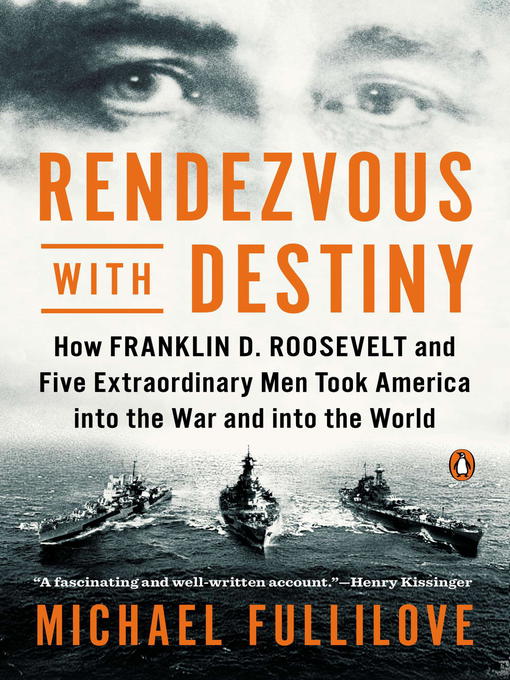- Comics Series Starters
- Black Joy
- Trending on BookTok
- Mom-Coms
- Unreliable Narrators
- Let's Get Weird
- Local History
- Pop Culture
- Comic Strip Collections
- Shelf Care
- For New Plant Parents
- Five Star Comics
- Narrative History
- See all ebooks collections
- New Audiobook Additions
- Listen to the Classics
- Try Something Different
- Lively Listens
- Find Your Chill
- Read by Bahni Turpin
- Fears for Your Ears
- Legends Come Alive
- Listen in 5 hours or less
- Great Narrators
- Now Hear This
- Listen & Learn
- See all audiobooks collections
- Popular Magazines
- 🍔 Let's Eat! 🥗
- In Stitches
- Celebrity & Gossip
- I've Got the Music in Me
- Wedding Planning
- Stylin’ & Profilin’
- Travel and Outdoors
- Track and Trail
- Women's Lifestyle
- Men's Lifestyle
- Play in the Dirt
- All About Cars and Motorcycles 🚗🏍
- See all magazines collections

